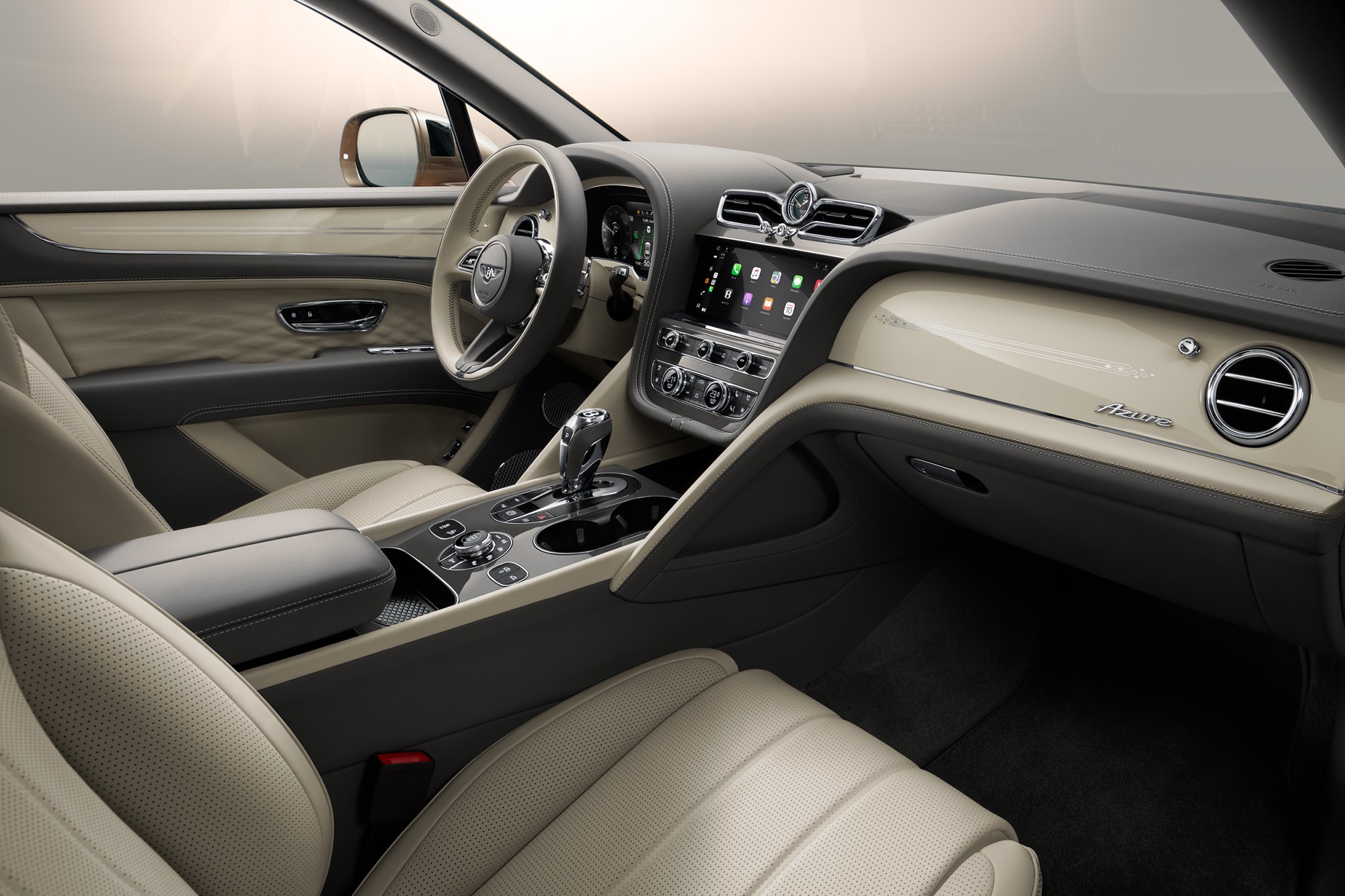BESPOKE | MARCH 2021
An electrifying performance from Maserati
Finding the correct balance of form and function has always been the guiding principle of Maserati design. Giovanni Ribotta, Maserati’s Exterior Chief Designer, likes to say that any new car to emerge from the superior lineage of vehicles that includes the 5000GT, Khamsin, Berlinetta Zagato and Quattroporte is ‘always related to engineering...rather than a decorative approach’. Compromising performance has never been an option at Maserati, and the Ghibli Hybrid, Maserati's first mild hybrid electric vehicle, is no different. With hybrid technology magnifying the Ghibli’s intense power while cleverly reducing fuel consumption and emissions, the exhilaration of driving a Maserati, says Giovanni Ribotta, has never been so efficiently and handsomely delivered.
Wallpaper* The Ghibli Hybrid is new territory for Maserati. How does its groundbreaking design sit within the lineage of previous Maserati cars?
Giovanni Ribotta Our design has the delicate task, among others, to support performance. We always start with finding the perfect balance between aesthetic and function. It is fundamental to look for the perfect compromise without giving in to excess, and this leads us to create timeless objects of desire that go beyond temporary trends. As an automotive brand with an incredible heritage to tap into, our role is to create something of beauty, power and audacity that also has a meaningful impact on our present.
W* The challenge facing your design team was to create the first electrified vehicle in Maserati's history without compromising the marque’s core philosophy and values. How did your approach to the exterior design of the Ghibli Hybrid differ from the process of designing a fossil fuel-powered car?
GR Our approach was respectful. Ghibli is a version of an earlier Maserati sports sedan, and we wanted to be faithful to its original design and tradition, while also introducing several unique details, both internally and externally. In particular, we worked on our most distinctive design trademarks: the three outlets on the front fender, the triangular C-pillar framing the logo, and the calipers. All these elements are in an anodised blue colour. For the interiors, we renewed the transversal instrument cluster and enriched the seats with a specific blue stitching.
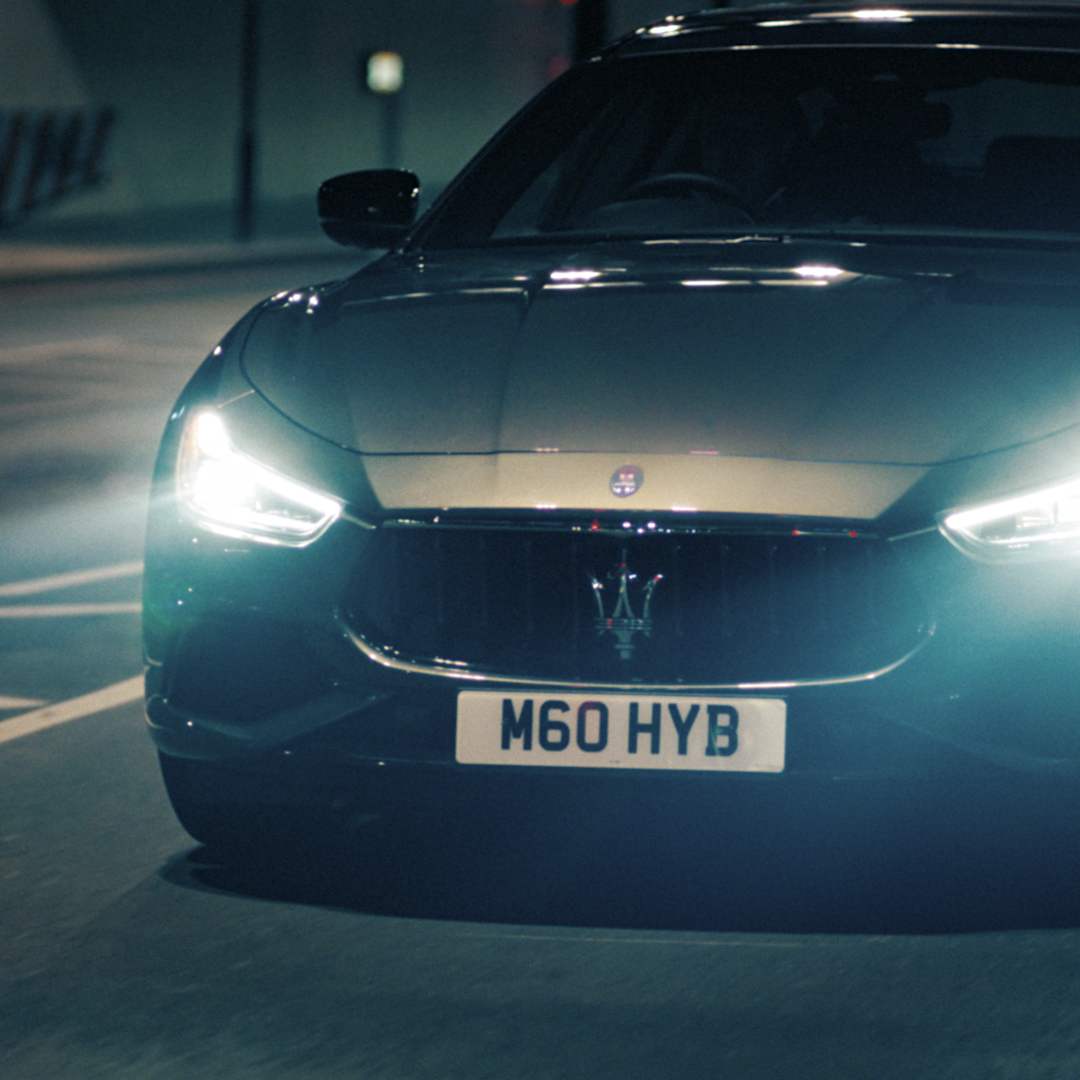
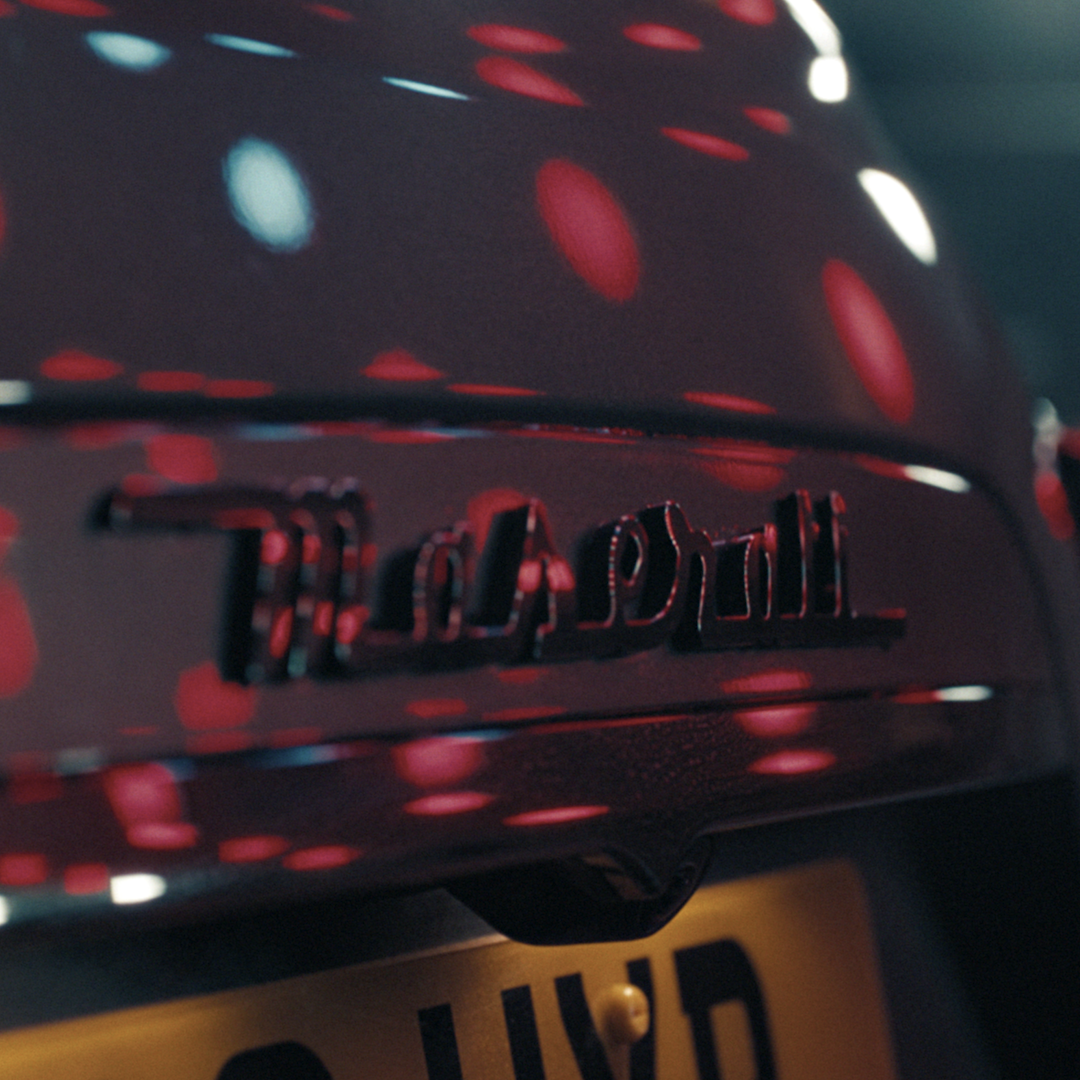
W* For the body of the Ghibli, your team came up with a new colour, a greyish blue. Why this particular colour?
GR We tried to mix technology, performance and the human touch to create a completely new colour for the exterior body – it’s a metallic, medium tone colour with aluminium flakes that shine in sunlight. It creates a magical, luminescent effect, represents the technology and the legacy of the car, and embodies Maserati’s hybridity between humanity and engineering excellence.
W* How does colour affect the form and design of a car’s exterior?
GR Colour adds an important twist to the character of a car, and for the Ghibli Hybrid, colour plays a fundamental role in enhancing its volumes. One of the peculiarities of our design lies in the volumetric contrasts of the shapes, with the right colour highlighting this distinguishing feature. The colour we chose is a balanced combination of warm and cool tones that change according to the observation angle, enhancing the sculpturing effect of the car.
W* Can you tell us about the Ghibli Hybrid’s new stylistic content, most notably the grille design?
GR The Ghibli Hybrid’s new front grille, a crucial element for the Maserati identity, features double-bladed spokes with a diapason design. There is a sort of symbolism in this, as the diapason is an acoustic instrument that generates a pure sound, able to tune all the instruments; at the same time, the object’s shape recalls Maserati’s famous Trident logo.
W* What other influences did you and your team draw on when designing the car’s exterior?
GR Designs originate from ideas; and ideas are shaped by one’s culture and experiences. Of course, being part of an international creative team opens your mind and reshapes your point of view. During the brainstorming phase, we were constantly influenced by our surroundings, referring back to our experiences, the world around us, and our passions in that particular moment. For our team, the task was even easier as we work in a country where great architecture, sculptures and paintings are abundant. For instance, how could one not be inspired by Italian bridges and buildings, or the vibrant colours of Renaissance paintings? Even Maserati’s logo was inspired by Poseidon’s trident fountain in Bologna. We have a great heritage that we take advantage of to create something meaningful. And we never forget that the results of our work must have a positive impact on the life of our consumers. To make this possible, our approach has to be contemporary and rooted in our time.
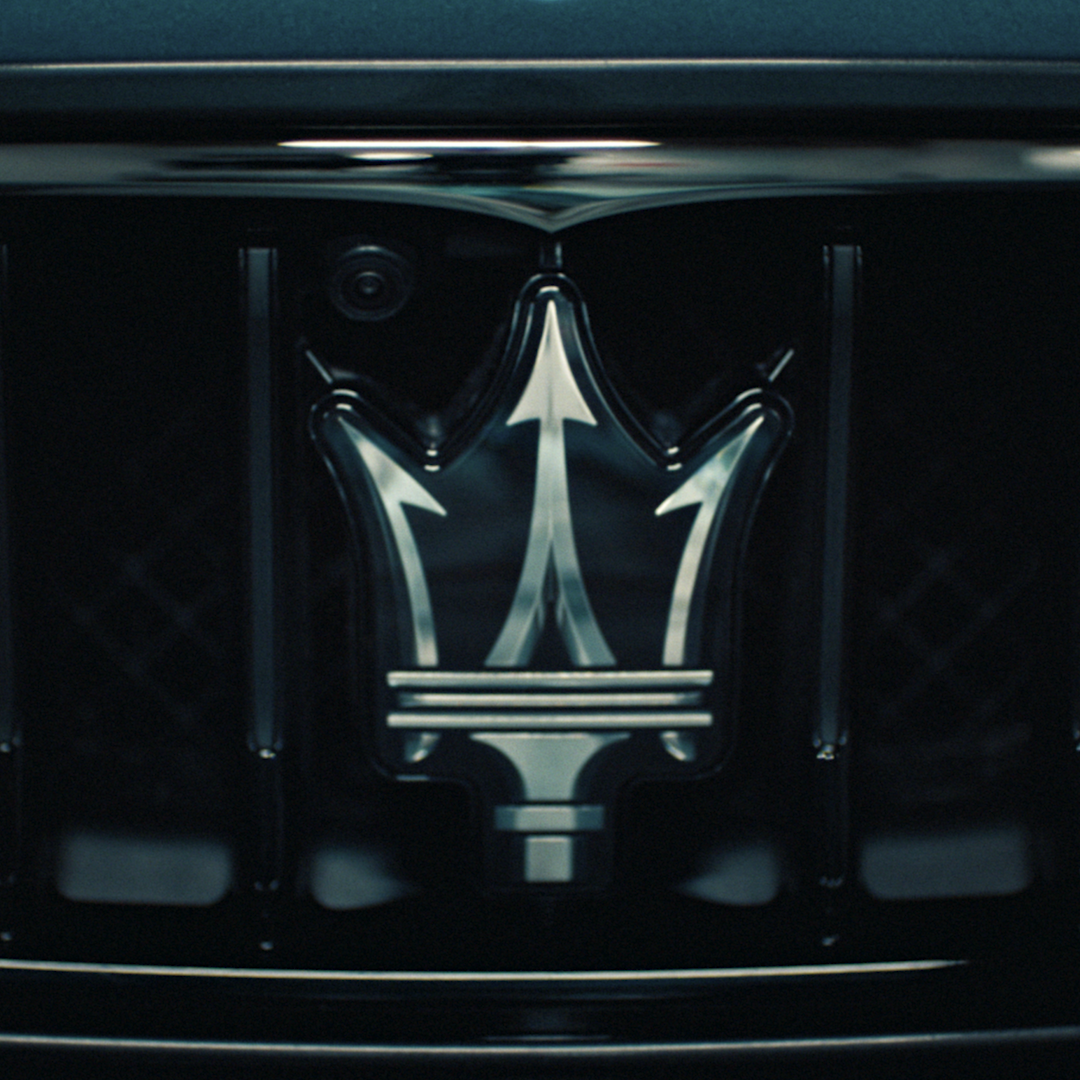
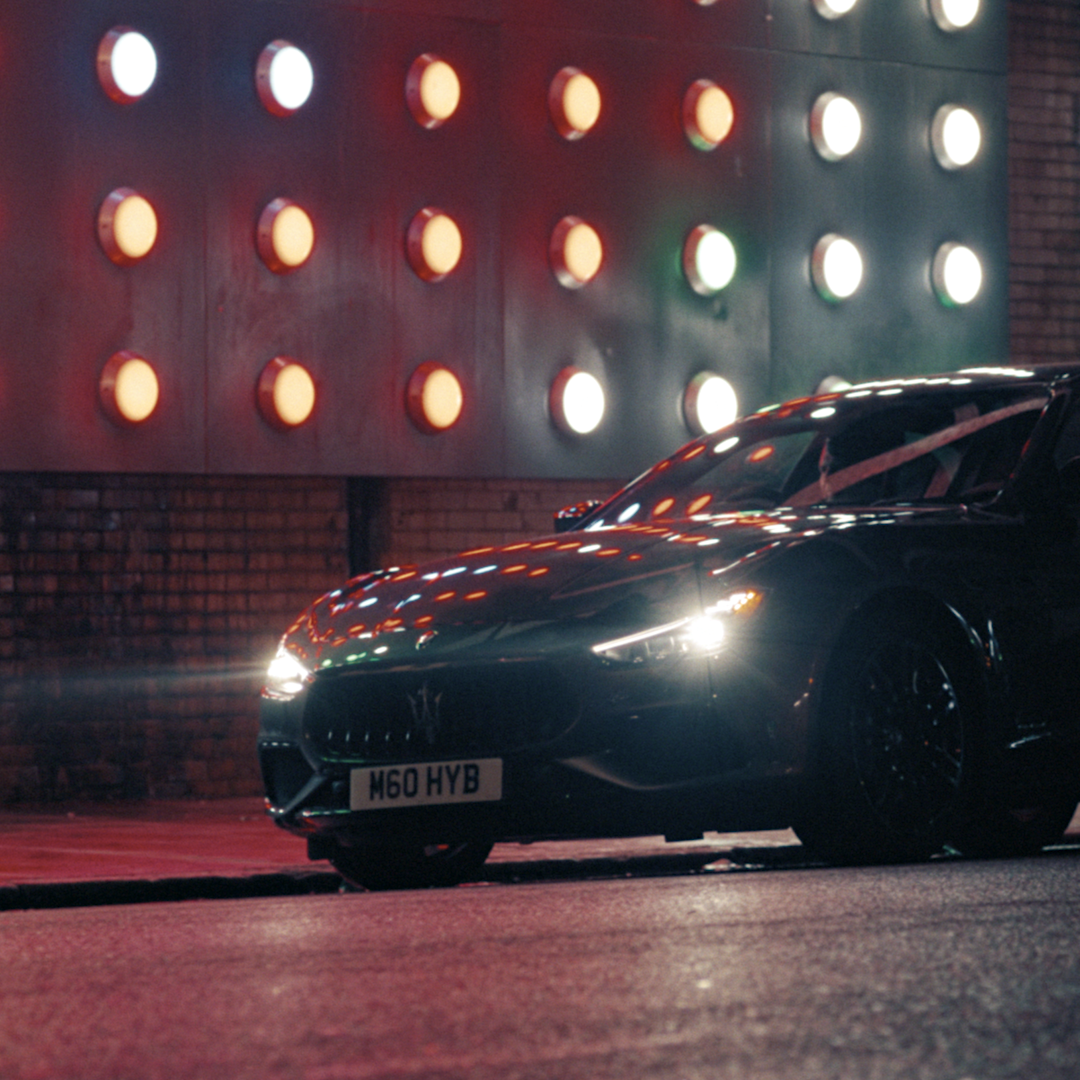
W* The Maserati design studio has been responsible for some of the most exciting and future-facing concept cars ever seen, most recently the magnificent Alfieri. Did any of their body shapes influence your design for the new Ghibli Hybrid?
GR Concept cars are experimental prototypes that give us the possibility to test aesthetic elements, such as concave grilles or tail lamps. Redesigned with a new ‘boomerang shape’, these elements were inspired by some iconic models from the past, such as the 3200GT or the Alfieri. This new shape has also been introduced on the Quattroporte and Levante models, becoming a new Maserati signature. With the Ghibli Hybrid, we paid attention to the tail function, proposing different colours and treatments that enhance the width perception of the rear, conveying a modern look.
W* is delighted to note that the Maserati Lab produces high quality sketches for all its new designs. Are these drawings created at your hand, and is putting pen to paper still the best and most effective way to begin a new design?
GR Our approach to the design of our cars can closely be compared to that of an artist or an architect. Everything comes from an idea, an inspiration that you need to transfer immediately to paper, even if it’s simply by sketching it with a pencil. Because inspiration comes from everywhere and at any moment, we must always be ready to catch it! And even though the feel of a graphite pencil on a blank sheet of paper is an inspiration all of its own, an almost irreplaceable feeling, at the same time, technology has contributed immensely to our work and plays a crucial role in the development of a project. With a project like the Ghibli Hybrid, our job is closely tied to virtual simulations and it’s always surprising how these two completely different aspects are inextricably linked and how they work perfectly together.
INFORMATION
Discover more at maserati.com
Wallpaper* Newsletter
Receive our daily digest of inspiration, escapism and design stories from around the world direct to your inbox.



